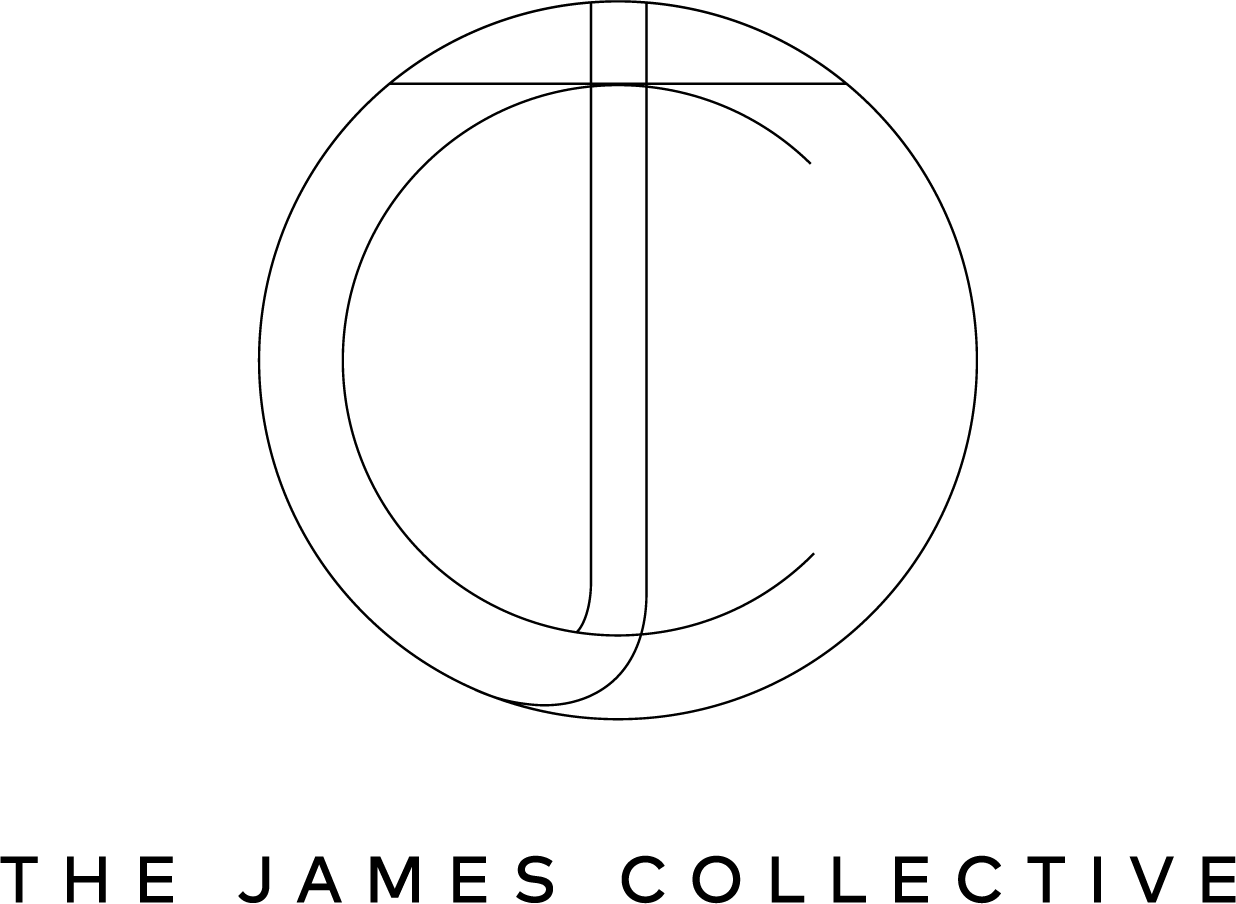Our Favorite Trends and Predictions in the Food, Beverage & Hospitality Industry for 2025
These industries will be defined by innovation, sustainability, and personalization in 2025
It’s that time of year again—time for another end-of-year trend report! We eat, breathe, sleep (repeat!) hospitality, food, and wine so we’re excited to dig into some trend predictions across these industries.
GLP-1 drugs are changing the way people eat and drink. People are drinking less and younger consumers aren’t drinking wine. Reservation bots are eating up all the tables at Carbone. But it’s not all doom and gloom; these industries have ebbed, flowed, and persisted for hundreds of years. As we move into 2025, the food, beverage, and hospitality industries are poised for significant transformation. From evolving consumer preferences to innovative technologies— businesses, brands (and us, marketers!) must adapt and evolve to stay competitive. Here are the top trends and predictions shaping the food and beverage landscape in the coming year:
White wine will continue its rise: Consumers are leaning toward lighter-bodied, cool-climate wines, wines that are more approachable in taste, and pair with anything (from the beach to Chinese!). Chardonnay remains a staple, but new winemaking approaches are reintroducing it to a younger audience. Less oak and more stainless steel fermentation are creating fresher, fruit-forward Chardonnays (we love Flowers!)—which we are personally all here for. (read: Tablas Creek blog “American consumers' move toward white wines is happening fast. Most wineries will struggle to keep up)
Cocktail lists will get weirder: James Bond would be horrified to see the Corner Store’s martini menu (Sour Cream and Onion martini, anyone?); but along with the debut of The Corner Store this year, I think it’s safe to say that restaurant’s cocktail game will continue to go over the top with creative and out of the box ideas that garner attention and media buzz (read: Grub Street “Beyond Filthy Why our martinis keep getting dirtier”)
Sustainability goes further: Sustainability is no longer optional but necessary. In 2025, more brands will embrace regenerative agriculture and eco-friendly production practices. We are big fans of brands, wineries, and farmers who authentically do the right thing for the people, the land, and the future. We’re excited to embark on this journey with our client, Joseph Phelps. We also love seeing more and more sustainable packaging options for consumers, like boxed wine.
Clean labels + transparency across all industries: Consumers are prioritizing health, sustainability, and ethical considerations, driving the industry to adopt cleaner practices and provide more detailed product information—Tastewise predicts that more consumers are craving accountability and transparency from the products they buy—and more than half of us (55%) are willing to pay more for items that have less of an environmental impact.
More personalization: Businesses will strive to meet individual customer preferences, enhance the customer and guest experience, and build brand loyalty. Wineries can offer more personalization when it comes to wine club offerings and experiences; hotels will offer more customized room amenities and personalized dining recommendations
These industries in 2025 will be defined by innovation, sustainability, and personalization. Companies that embrace these trends will meet consumer demands and set themselves up for long-term success. Stay ahead of the curve by adapting to these trends and preparing for the future, reach out to The James Collective for more information :)
More what we’re reading:
VinePair: 11 Drinks Trends to Look Out For
Chris Danton: Boom Boom times ahead. Steak, booze, and leather are back.
Conde Nast Traveler: These Will Be the Biggest Wellness Travel Trends of 2025
]Whole Foods Market Forecasts the Top 10 Food and Beverage Trends for 2025
